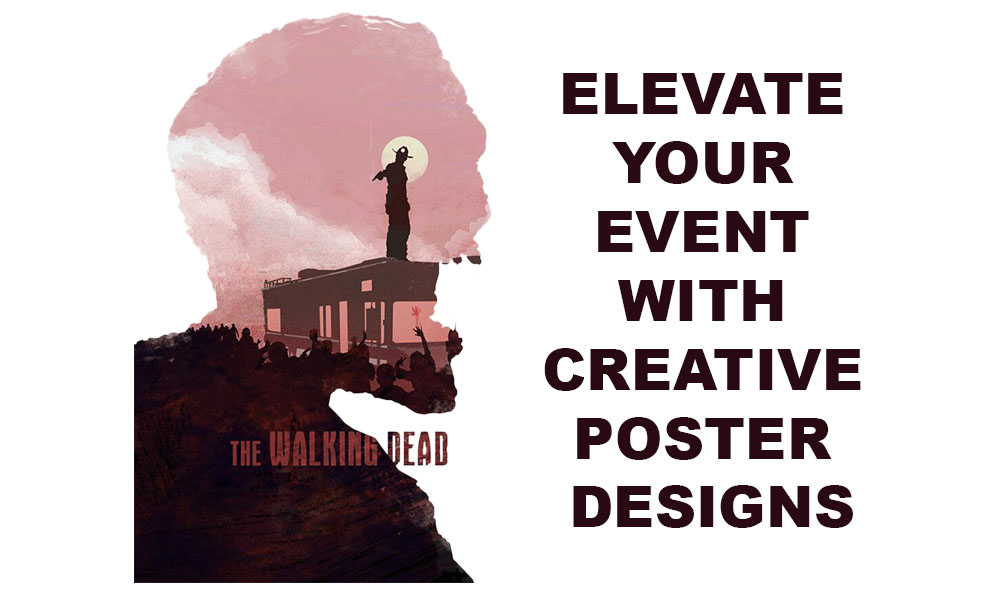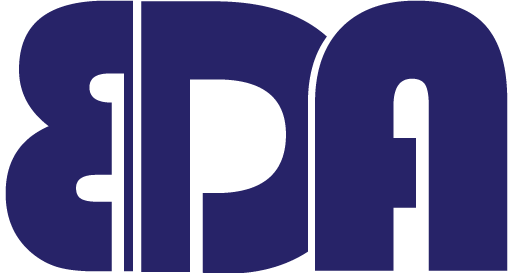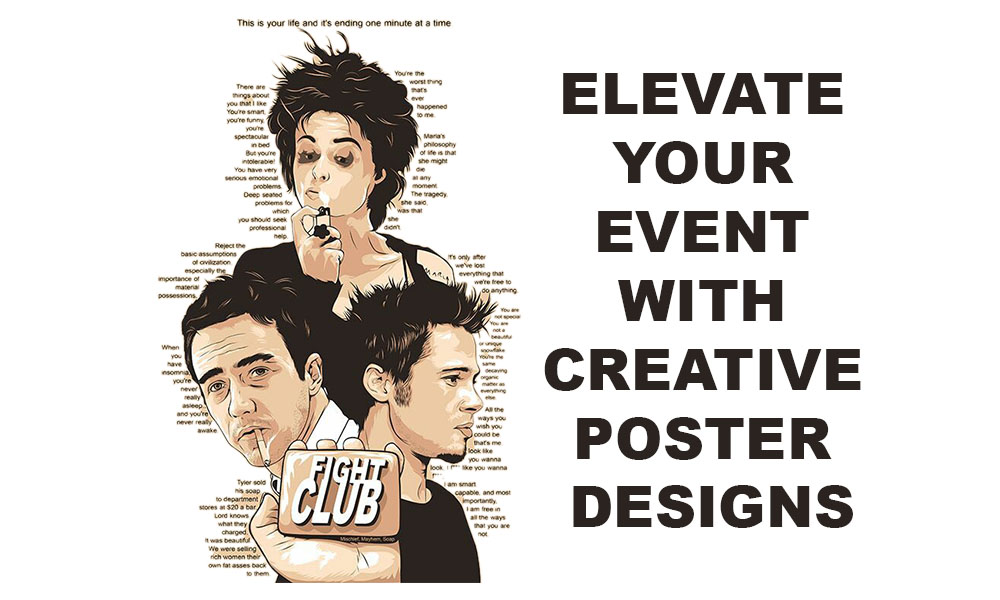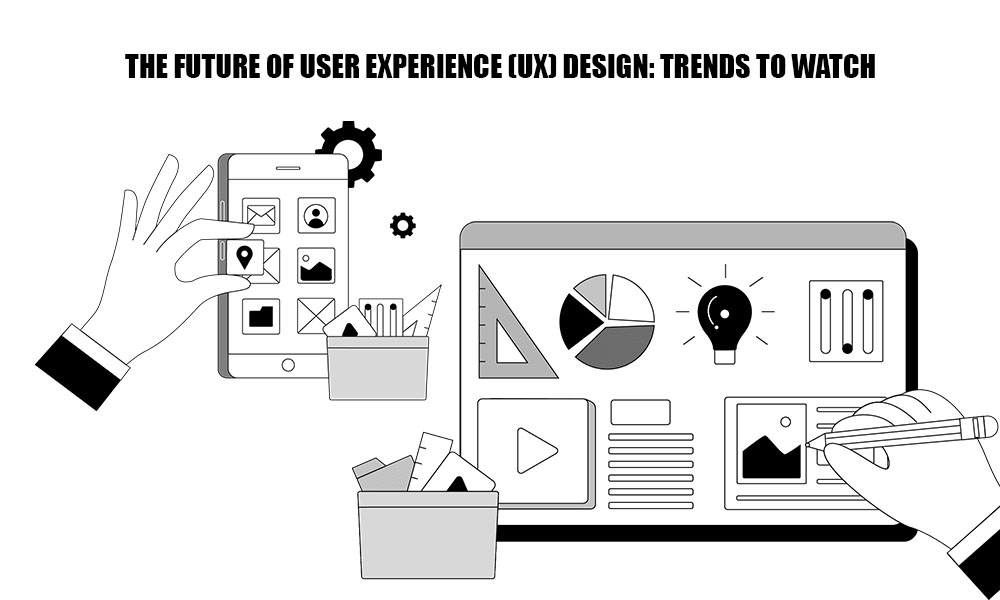Organizing a gathering? The success of any event, whether it’s a charity benefit, a professional conference, or a live performance, greatly hinges on how successfully you market it. The event poster is one of the most effective, yet sometimes disregarded, promotional tools. More than merely giving information, a captivating poster may draw in viewers, evoke a feeling, and pique interest. Let’s now explore how to use imaginative poster designs to enhance your event and truly get people talking (and coming!).

The Importance of Poster Design for Your Event: First Impressions Matter
Is the saying “you never get a second chance to make a first impression” familiar to you? This also applies to your event poster. Your poster serves as the initial point of contact between your event and its prospective audience in a world full of information. It is likely to be overlooked if it is uninteresting or cluttered. A well-designed poster gives people a cause to stop and pay attention by instantly conveying the excitement and tone of your event.
Consider it the visual elevator pitch for your event. One look should give people a sense of the type of experience they can anticipate. A vibrant layout can shout “live music!” whereas a simple, elegant design might shout “professional networking opportunity.” Your poster sets the tone, regardless of the mood.
Using Visual Appeal to Increase Attendance
What’s the purpose of planning the greatest event in the world if no one attends? In a packed street corner or social media feed, a well-designed poster stands out. It involves psychology as well as aesthetics. Images that arouse curiosity or feelings in people are inherently appealing. A poster that sticks in people’s minds and motivates them to take action—like purchasing a ticket or making a note on their calendar—can be made with a clever combination of color, captivating images, and succinct language.
Crucial Components of an Engaging Event Eye-Catching Headline for the Poster
Since people read your headline first, it needs to be strong. Use language that is forceful, action-oriented, or humorous and captivating. Make sure it is bold and readable. It’s the hook that draws your audience in, so make sure it stands out on the page or screen.
Unambiguous Event Details
- Having to search for the information is the biggest annoyance for prospective guests. Ensure that your poster has:
Name of the event - Time and date
- Location/venue
- Details of tickets (if any)
- Details of registration or contact
Put this information in a visible location that is easy to find, ideally in the middle with a strong contrast.
Visual Hierarchy and Layout Design is about how you arrange things, not just what you put in. Utilize color, size, and spacing to direct the viewer’s attention throughout the poster. For instance:
The boldest and largest headline
- Time and date (following in line)
- supplementary information (smaller yet readable)
- Call to action (boxed or highlighted)
A well-designed layout ensures that each important feature is seen without being overpowering to the observer.
Color schemes and branding
The branding of your event or organization should be reflected in your poster. Make use of standardized fonts, colors, and logos. While a tech summit might favor cool blues and clean lines, a music festival might go crazy with garish colors. When a visual design feels recognizable and professional, people are more willing to interact with it, which increases recognition and trust.
Poster Design Types for Various Events
Music festivals and concerts
The poster for music concerts should exude enthusiasm and vitality. Consider using vibrant colors, dramatic typefaces, and captivating images that convey the mood. Whether it’s a jazz night, an EDM event, or a rock performance, the design must fit the genre. To add flare, use instrument artwork, soundwave visuals, or artist photos. Clarity and impact are crucial because these posters are typically shown in busy places; make sure that event specifics are prominent but still blend in with an eye-catching arrangement.
Business Gatherings and Workshops
These posters tend to be clear and professional
The event’s structure, informational value, and level of polish should all be reflected in the design. Make use of simple layouts, clear typefaces, and a neutral color scheme. Emphasize the networking possibilities, speakers, and sponsors. Icons or infographics can improve comprehension without overpowering the layout. Keep in mind that the intended audience here prefers facts and structure than glitz.
Fundraisers and Community Events
Posters for the community should be friendly and inviting.
Make use of amiable fonts, relatable pictures, and vibrant, upbeat hues. Make sure the design is inclusive and simple to grasp at a glance, as these events frequently serve families or locals. Emphasize the benefits, unique activities, and community involvement. Authenticity and emotional connection can be enhanced by personal touches, such as hand-drawn artwork or photographs from previous occasions.
Exhibitions of Art and Creative Works
The poster itself must be an artistic creation when advertising an art event.
It should be in line with the exhibition’s topic or style, whether it is bizarre, modern, abstract, or retro. Here, creativity reigns supreme. Experiment with unusual layouts, eye-catching images, and distinctive typography. Make these posters worthy of sharing because they are frequently shared on social media and design blogs. The objective? arouse interest and stimulate it.
How to Make an Eye-Catching Event Poster
Make Use of Excellent Pictures and Graphics
Images that are grainy or blurry are immediately unappealing. Make sure the photos you use are good resolution, whether they are original or stock photos. Clear images not only give off a more polished appearance but also lend trustworthiness. Choose one or two powerful images rather than overcrowding the design with them.
Select the Proper Font
The tone is established by the typeface
Elegant, serif fonts work well for a charity banquet, whereas edgy, distorted fonts would be more appropriate for a punk rock event. Make good use of font matching by combining a bold header typeface with a legible, clean body font. Additionally, always put readability before style, particularly when it comes to important facts like time and place.
Keep the Text and Visuals in Balance
A poster should both educate and captivate
An excessive amount of text might be overwhelming. People won’t understand the purpose of the event if it is solely visual. Aim for equilibrium by using attention-grabbing headlines, succinct information, and pertinent images. Make good use of white space to avoid visual fatigue and to focus attention
Remember the Call to Action
A CTA is necessary for every poster
The CTA determines the next action, whether it is “Visit Our Website,” “Register Today,” or “Buy Tickets Now.” Make it visible, bold, and simple to locate. QR codes can also be a terrific addition because they make it simple for consumers to act immediately through scan-and-go convenience.
Which Is Better for You: Print or Digital Posters?
Digital Posters’ Benefits
Online advertising is dominated by digital posters. They are ideal for websites, email marketing, and social media. Advantages consist of:
- Simple tweaks and updates
- Wide, immediate reach
- No expenses for printing
Interactive elements such as animations or clickable connections
For teaser advertising, event countdowns, and frequent reminders before the event, use digital media.
When the Impact of Print Posters Is Greater
Print is not yet out of the question.
For local marketing, physical posters provide a solid, real-world presence. You can post them on public bulletin boards, community centers, colleges, and cafés. They work particularly well for grassroots or community-based initiatives. Additionally, print lends a permanence and authority that digital media occasionally lacks.
Combine the two mediums for optimal reach, allowing digital to fill screens and print to cover streets.
Conclusion and Concluding Remarks
Designing a creative poster involves more than just making things appear nice; it also involves expressing ideas clearly, stirring feelings, and motivating people to take action. The ideal poster might be your greatest marketing buddy, whether you’re planning a neighborhood fundraiser, a seminar, or a performance.
Keep in mind that each poster is a promise—a graphic representation of the experience your event provides. Make the most of that pledge. When you combine flair and substance, you’ll see how your event goes from being simply another event on the calendar to becoming the talk of the town.




